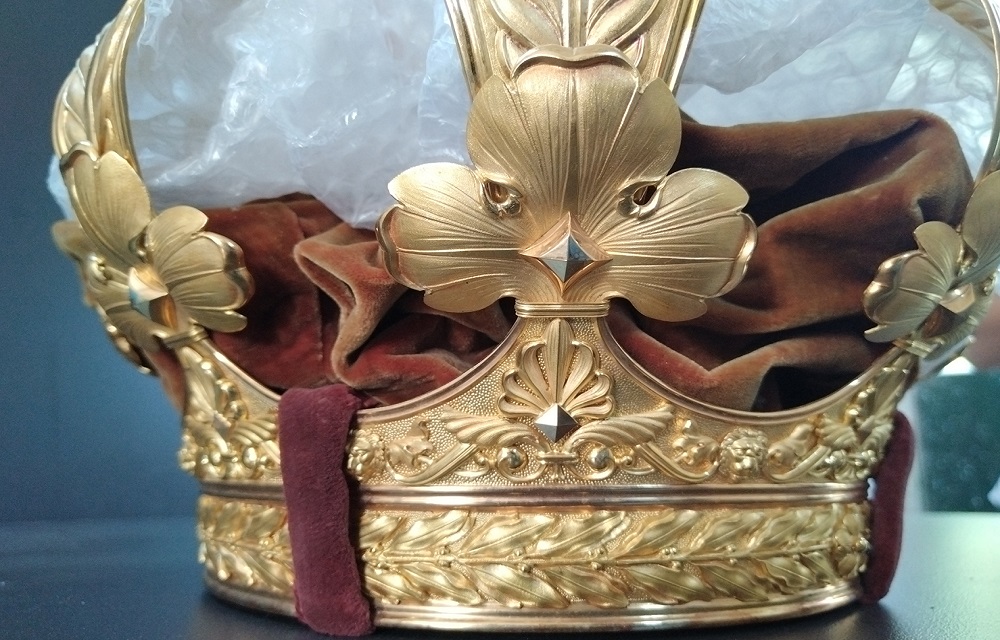
The royal emblems of King Otto of Greece, the crown, the scepter and the sword were found in good condition in Tatoi, during the work of documenting the cultural and movable objects by officials of the competent services of the Ministry of Culture.
As soon as the Minister of Culture Lina Mendoni was informed of the findings, she stated, among other things, the following: “It is obvious that the royal emblems belong to the Greek People and the Nation. Once their maintenance is completed, the objects, after relevant consultation with the Prime Minister and the Speaker of the House, will be handed over to the Hellenic Parliament – Othon’s Palace – in order to be permanently displayed in the “Eleftherios Venizelos” Trophies Hall
Otto, prince of Bavaria, of the house of Wittelsbach, reigned in Greece with the title of King of Greece, from 1832 to 1862. The crown and scepter were made by the famous Parisian goldsmith house Fossin et Fils, while for the sword Fossin collaborated with the swordsmith Jules (?) Manceaux, of the eponymous house of gunsmiths.
Their construction was ordered by Louis of Bavaria, Otto’s father, in 1835, to be given to the young king during his coronation, which would take place, in the same year, with his coming of age. However, the ship that carried them did not arrive in Greece in time and the coronation took place without them. When Otto left Greece in 1862, he took the emblems of the throne with him, as he never accepted his eviction nor did he abdicate. Thus, the first emblems of the Greek state were since 1862 in the possession of the royal house of Bavaria.
The objects, made of gold and metal alloys, are characterized by the high artistry of their makers. They are rather simple, bearing no precious stones (except lapis lazuli on the hilt of the sword), but the symbolism of their decorative elements is significant. They mark the starting point for the configuration of state symbols that would follow for the next two centuries, despite the change in dynasty and polity.
Although their state of preservation is very good, the Directorate of Conservation of Ancient and Modern Monuments of the Ministry of Culture has already taken over, given the long time they have been in storage. The available references – among them a scientific publication – allow their safe identification. Further research and study is definitely required, a task that has already been undertaken by the officers of the Directorate of Modern Cultural and Intangible Cultural Heritage of the Ministry of Culture.

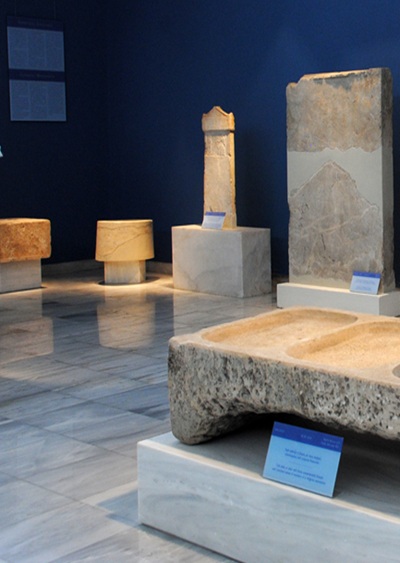
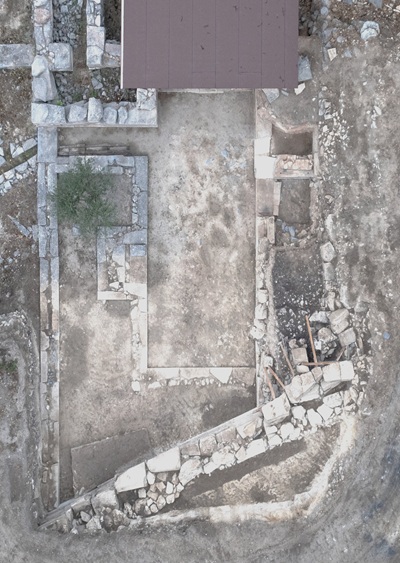
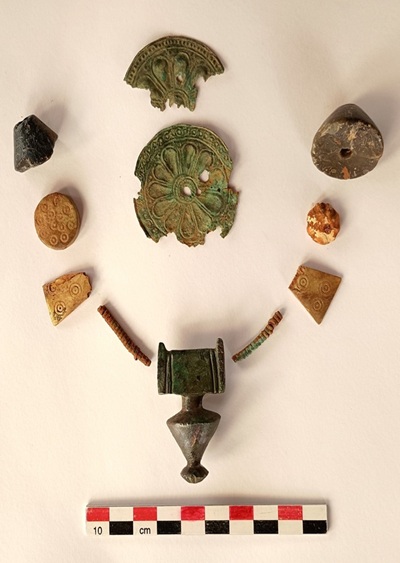
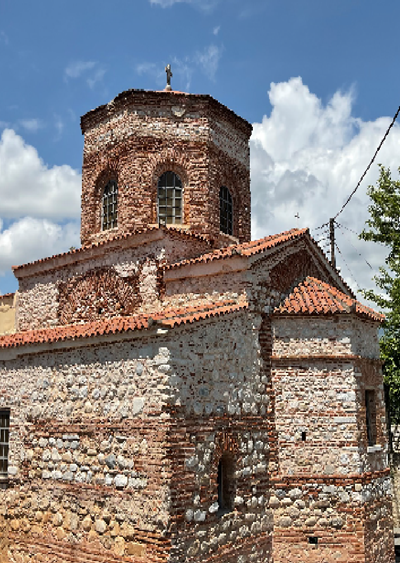


Leave A Comment